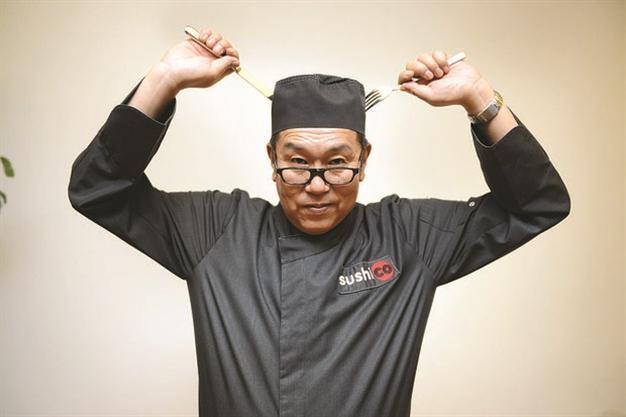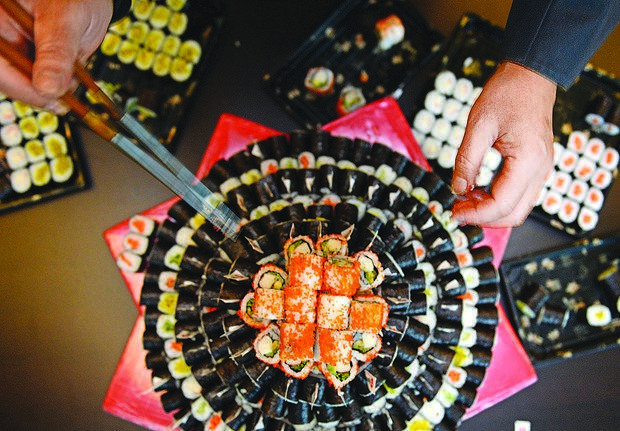Portrait of a sushi chef as a commercial artist
ISTANBUL

Istanbul attracts people, and many get stuck in the megacity whether they like it or not at first sight.
In the case of Tokyo-born sushi chef Yutaka Hoshino, it all started with a phone call from a former liberal politician and tourism guru, Besim Tibuk, some 15 years ago.
The Sushico chain restaurant chef said he was even not ready to move to the city from his beloved London when he received the job offer.
“The electricity was cut occasionally in Istanbul, the water was cut,” he told the Daily News. Most important of all, demand for Japanese cuisine was from a mere handful of people.
But Istanbul is usually not a one-night stand and Hoshino began to love the city over time. Weeks-long sitting while waiting for the permit procedure gave him enough time to flirt with the city.
Hosihno was expecting a rise in demand in sushi; what he did not expect was becoming a commercial star.
“I have starred in around 10 commercials,” he said. These included advertisements for the largest mobile companies, banks, an airline and a tire maker. His portfolio exceeds the Japanese firms in the country.
However, perfectionism was a problem for him on set.
“Acting in commercials is good when it is only with a few people. But on crowded sets, you do something right and someone else does not, it takes too many repetitions,” he said.
Hoshino is definitely open to criticism, especially to get a better understanding of the Turkish palate.
But when it comes to table manners, he is slightly orthodox.
“Sometimes people put chopsticks on their heads or use them as drumsticks. Do they do the same thing with their fork and knife? Definitely no!” he said.
The chef remembered himself sopping his bread into a chocolate pudding at a luxurious restaurant, thinking it was a kind of sauce. “It is all about reading on a culture before you taste its food,” he said.
Hoshino gave some beginners’ clues on the two-way route of sushi:
Westerners, Americans in particular, do not find seaweed as a sushi covering appealing, which is why Japanese chefs in the U.S. generated California rolls or Alaska rolls, inside-out rolled sushi types with attractive material on the outside.
Mayonnaise was also first used in the U.S., and one can find all these types in Japan also today, thanks to the large number of foreigners in the country.
However, sushi with cooked fish was out of the question.
At Sushico, he said, one can find some rather western tastes along with the core Japanese dishes.
The chef, who also worked in a few other restaurants earlier, greatly admires Turkish food, especially southern Gaziantep cuisine.
“Even the döner kebab is different there,” he said.
For vegetables, his first pick is the Aegean resort of Çeşme.
The chef, a commercial star and certified earthquake and fire rescuer, is a part of the Japanese community in Istanbul and said he enjoys the “gossip” in Cihangir cafes over the weekends, when five or six friends come together. The Japanese embassy in Istanbul also has very close ties with the community, making them aware of what happens in Turkey, especially in terms of security.
Japan is really far away for Hoshino now but he says he misses London very much. “But I know that if I stayed there for six months for example, I would start missing Istanbul. You cannot know which choice is right. You can know it in time.”
 Istanbul attracts people, and many get stuck in the megacity whether they like it or not at first sight.
Istanbul attracts people, and many get stuck in the megacity whether they like it or not at first sight.